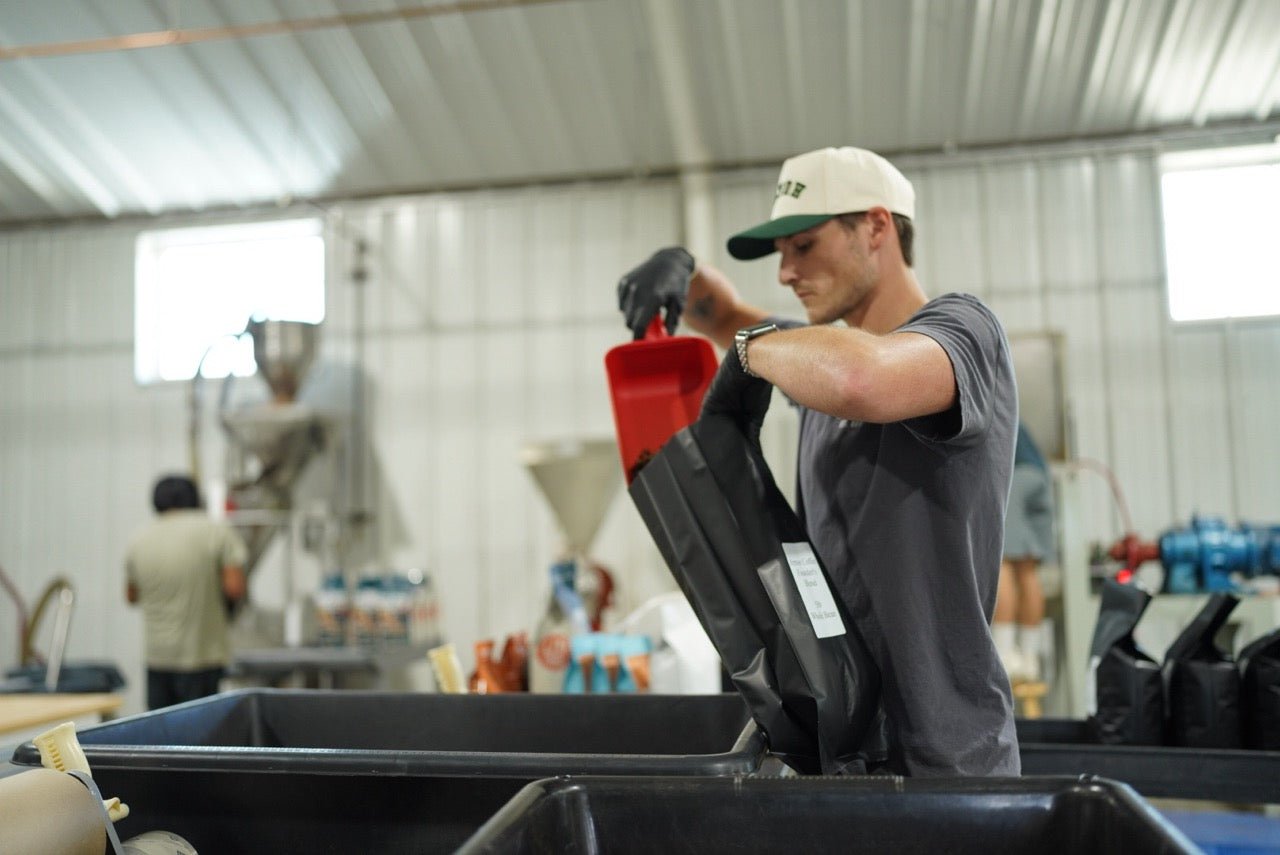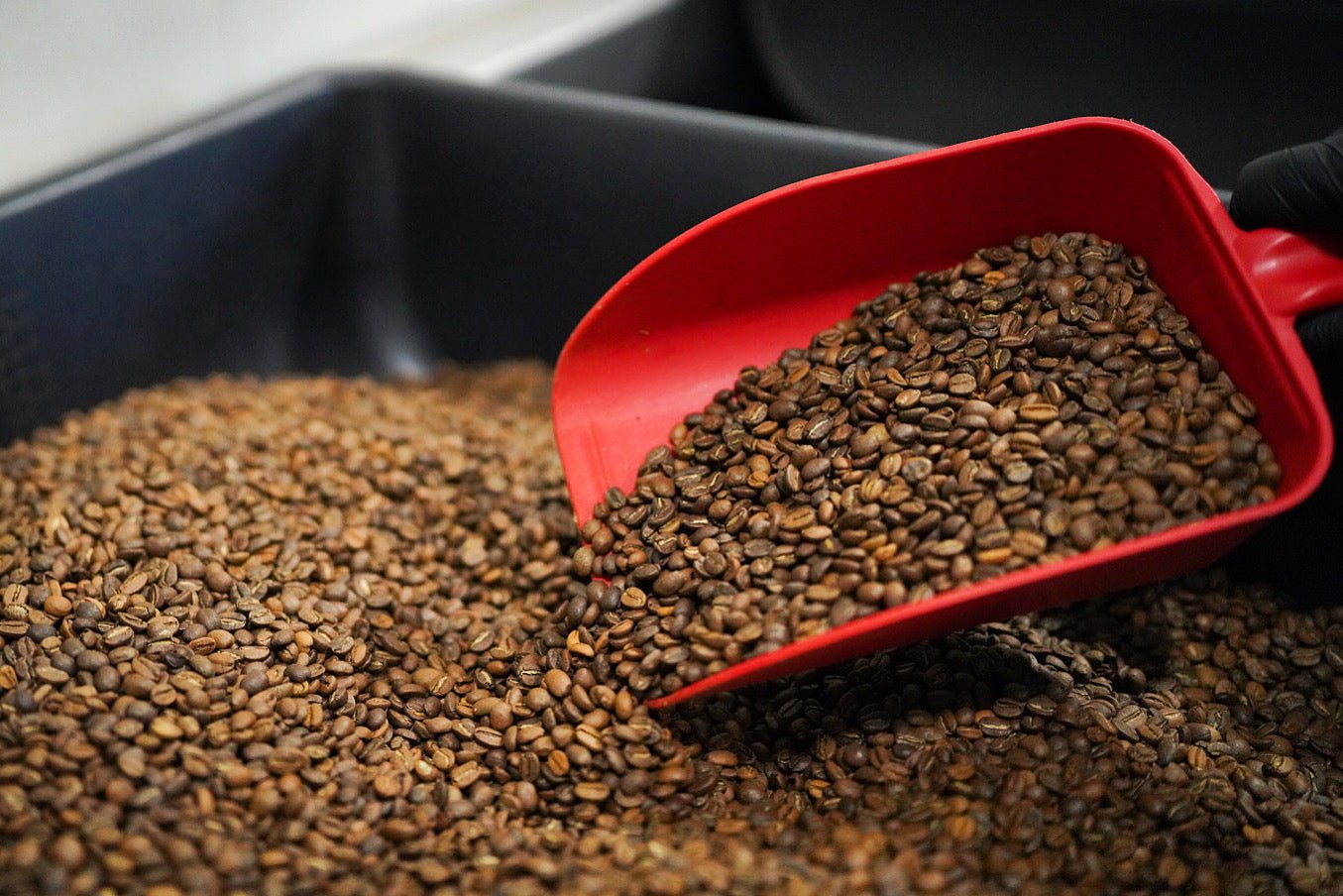The Art of Coffee Cupping: A Guide for Evaluating Coffee Quality
Coffee cupping is a standardized process used by professionals and enthusiasts alike to evaluate coffee quality, taste, aroma, and consistency. This practice allows tasters to compare and contrast different coffee beans, helping them identify the unique flavor profiles and characteristics of each coffee. In this guide, we'll walk you through the coffee cupping process and provide tips for developing your tasting skills.
- Preparing for Coffee Cupping To begin your coffee cupping session, you'll need:
- Freshly roasted coffee beans
- A coffee grinder
- A scale for measuring coffee and water
- Multiple cupping bowls (ideally, small, wide-mouthed ceramic or glass bowls)
- A kettle for boiling water
- A timer
- A cupping spoon (a deep-bowled spoon will work)
- A spittoon or cup for discarding coffee after tasting
- A notepad and pen for recording your observations
- The Coffee Cupping Process Follow these steps for a successful coffee cupping session:
a. Grind the Coffee: Grind your coffee beans to a medium-coarse consistency, similar to that used for a French press. Weigh out equal amounts of coffee for each bowl (usually around 8.25 grams of coffee per 150ml of water).
b. Smell the Ground Coffee: Before adding water, take a moment to smell the dry coffee grounds in each bowl. Note any distinct aromas and the intensity of the fragrance.
c. Add Hot Water: Pour hot water (just off the boil, around 200°F or 93°C) over the coffee grounds, filling each cupping bowl. Start your timer and let the coffee steep for 4 minutes.
d. Break the Crust: After 4 minutes, use your cupping spoon to gently break the crust of coffee grounds that has formed on the surface of each bowl. As you break the crust, inhale the released aromas, taking note of any changes from the dry grounds.
e. Skim and Remove the Foam: After breaking the crust, use your spoon to skim off and discard any remaining foam or grounds from the surface of the coffee.
f. Slurp the Coffee: Once the coffee has cooled slightly, use your cupping spoon to slurp a small amount of coffee. Slurping helps aerate the coffee and distribute it across your palate, allowing you to better evaluate the flavors, acidity, body, and aftertaste.
g. Record Your Observations: As you taste each coffee, make notes on the flavors, aromas, acidity, body, and aftertaste. Compare your observations to a coffee flavor wheel or other tasting resources to help you articulate your experience.
- Developing Your Coffee Tasting Skills Like any skill, coffee cupping requires practice to develop your palate and become more confident in identifying flavors and characteristics. Here are some tips to improve your coffee tasting abilities:
-
Practice Regularly: The more you cup coffee, the better you'll become at identifying and appreciating subtle differences in taste and aroma.
-
Taste a Variety of Coffees: Experiment with coffees from different origins, roast levels, and processing methods to broaden your experience and develop your palate.
-
Use a Coffee Flavor Wheel: A coffee flavor wheel can help you identify and describe the various flavors and aromas you encounter while cupping. Use it as a guide to expand your coffee vocabulary.
-
Cup with Others: Cupping with friends or colleagues can provide valuable insights and help you learn from the experiences of others.
Coffee cupping is an essential practice for evaluating coffee quality, taste, and aroma. By understanding the cupping process and honing your tasting skills, you
can better appreciate the diverse range of flavors and characteristics that different coffee beans have to offer. As you continue to practice and explore various coffees, you'll develop a deeper understanding of the factors that contribute to exceptional coffee and refine your palate. So, grab your cupping spoon, gather your coffee-loving friends, and embark on a journey of coffee discovery through the art of coffee cupping. Happy tasting!


